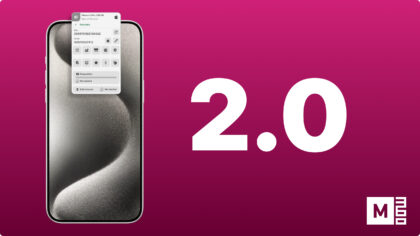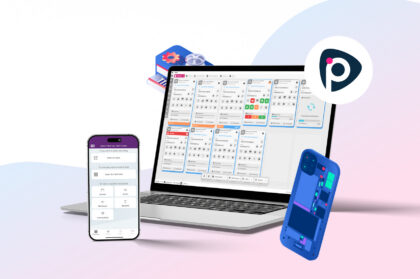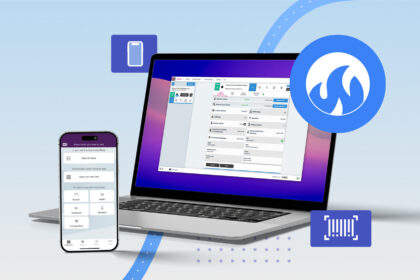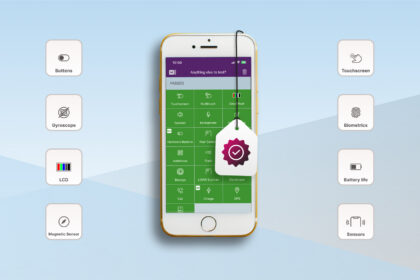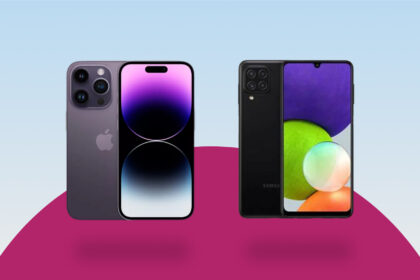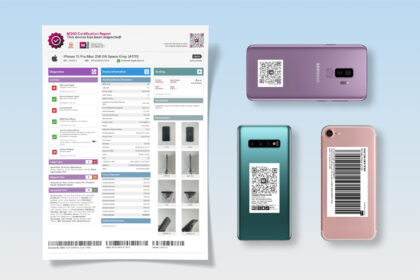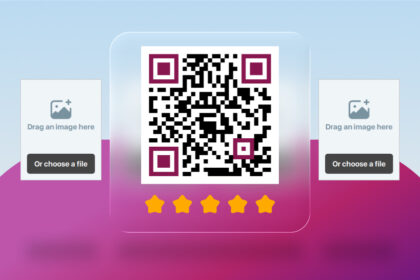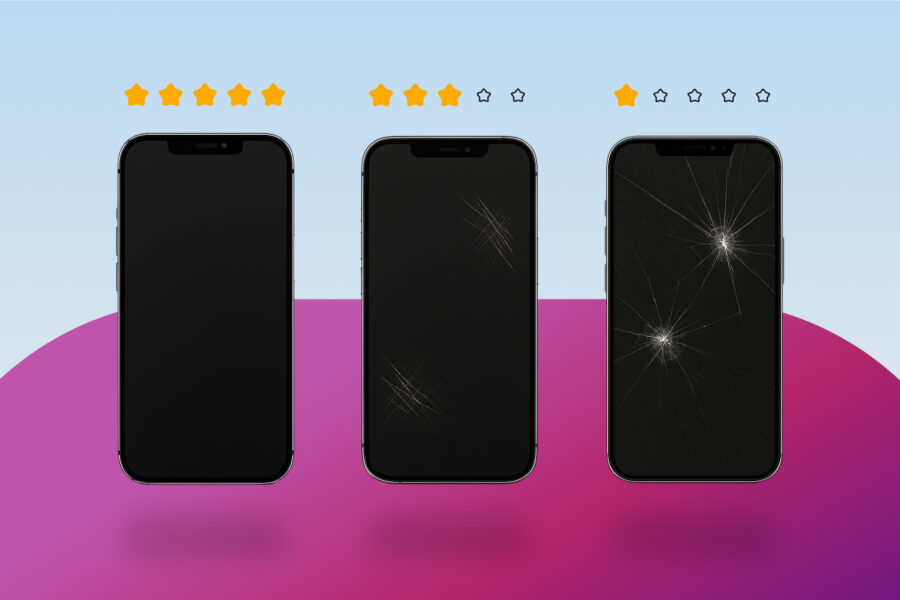
Buying or selling used phones can save money and increase profits, but only if the device is in good condition. Whether you’re a retailer, wholesaler, or individual buyer, knowing how to check used phone quality is essential.
The two key steps are:
- Grading – assessing the phone’s physical condition.
- Diagnostics – testing functionality.
Simple checks like “look for scratches on the screen” or using free apps are not enough. They rarely guarantee accurate results or provide certification reports that buyers can trust. To ensure reliability and build customer confidence, you need a professional solution. That’s where M360, a complete phone diagnostics and grading tool, makes the difference.
In this guide, we’ll explain how to properly check up on a device, record its condition, and verify that it works — so you can buy and sell with confidence.
Step 1: Grading – Checking the Physical Quality
Grading is all about appearance. Before you test how a device functions, you need to understand what it looks like to the end buyer. A professional grading process builds transparency and trust, especially in the used phone market.
What to Look For When Grading
Check the following areas carefully:
- Screen – Look for scratches, cracks, dead pixels, or burn-in.
- Back cover – Note any dents, chips, or cosmetic wear.
- LCD / Display – Test brightness, colour accuracy, and display damage.
- Frame / Case – Inspect for bends, scuffs, or loose buttons.
Grading Scales
Most businesses use either:
- Star scale (1–5 stars) – common on marketplaces.
- Letter scale (A–F) – widely used in refurbishment businesses.
M360 supports both systems, so you can apply whichever fits your sales channels.
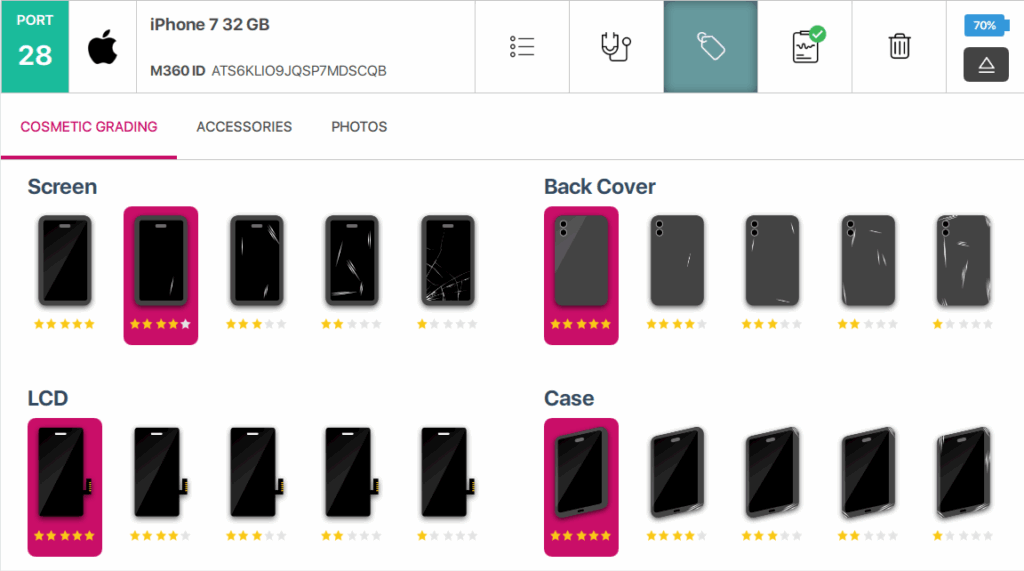
Recording Accessories
Don’t forget to log what comes with the device:
- Charger and cable
- Headphones
- SIM tray tool
- Box or packaging
Accessories often increase resale value, and customers want to know exactly what they’re buying.
Pro tip: Use M360 to record photos directly in the system with the help of a QR code alongside grading results. This creates a transparent record you can share with buyers.

Step 2: Diagnostics – Testing the Functionality
A phone may look perfect but fail to perform. That’s why diagnostics is just as important as grading. Diagnostics confirm whether the device is working as intended.
Key Functions to Test
With M360’s diagnostics software, you can perform an 80+ point diagnostic test, including:
- Touchscreen responsiveness
- Battery health and charging capability
- Cameras (front and rear)
- Microphones and speakers
- Vibration
- Buttons (power, volume, home)
- Sensors (gyroscope, proximity, fingerprint)
- Connectivity (Wi-Fi, Bluetooth, GPS)
- And many more…
Without a professional tool, checking all of these manually would take a long time and mistakes are easy to make.
Automated Reporting – M360 Certifications
One of M360’s biggest advantages is automatic reporting. Each test result is recorded, stored, and compiled into a certification report you can share with buyers. This increases trust and credibility, especially for online sales.
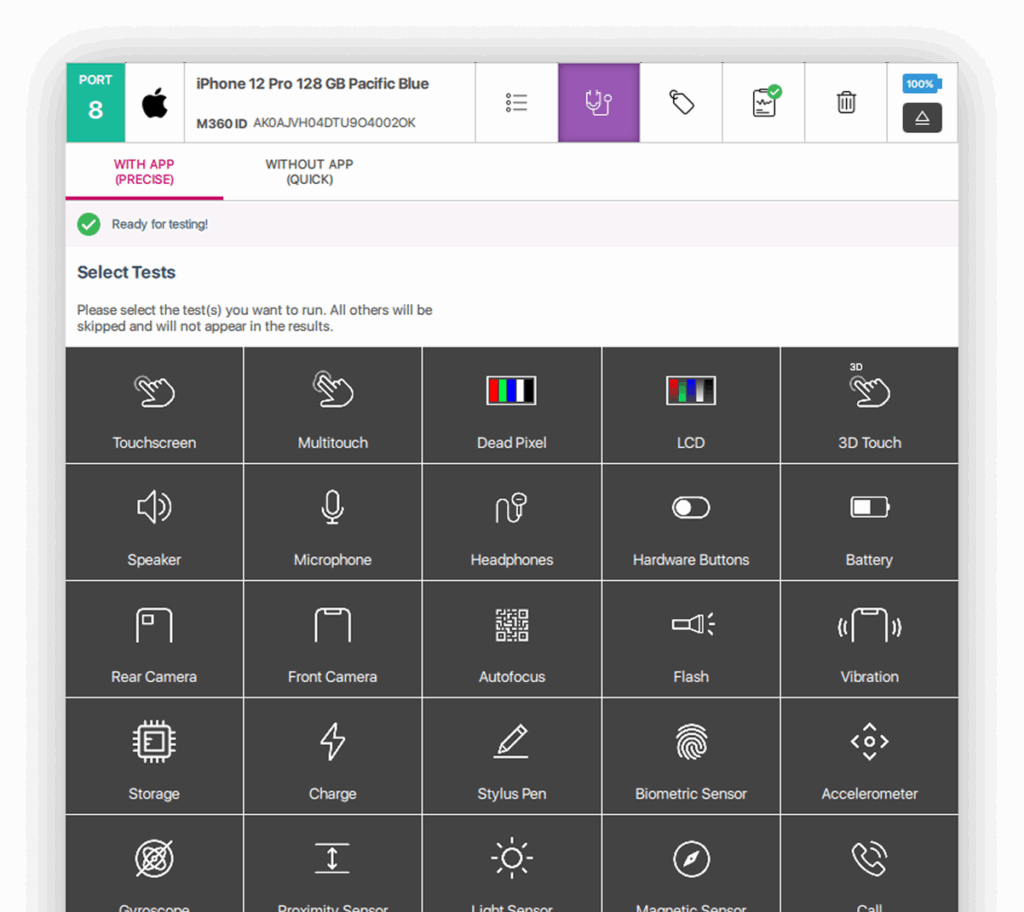
Improving Diagnostic Accuracy
Even the best diagnostic software works best when paired with proper setup. To make sure your results are reliable:
- Use USB hubs – They allow you to test multiple devices at once.
- Set up templates – Create custom diagnostic templates in M360 for faster repeat testing.
- Test in batches – M360’s Batch Manager helps wholesalers and retailers process large volumes efficiently.
- Follow a checklist – Consistency ensures no feature is missed.
Why Professional Tools Beat Manual Checks
Many sellers and buyers still test devices manually or use free tools regardless of the reliability of those solutions. It’s like buying a used car without checking its service history.
Here’s why professional tools like M360 matter:
- Speed – Test dozens of devices quickly.
- Accuracy – No risk of overlooking hidden issues.
- Reporting – Generate professional certification reports.
- Trust – Customers trust certified results over personal claims.
In today’s used phone market, trust is the key factor that drives sales.
By combining automation with structured processes, you’ll save time while increasing accuracy.
Conclusion: Do It Like a Professional
To make sure a used phone is truly high quality, you must check both its physical condition (grading) and functional performance (diagnostics). Together, these steps create a complete picture of the device’s value.
With M360, you get both grading and diagnostics in one solution with the added benefit of automated certification reports, batch testing, and photo records.
FAQs on Checking Used Phone Quality
1. What is the difference between grading and diagnostics?
- Grading checks physical appearance.
- Diagnostics tests all hardware functions.
2. How do I know if a used phone battery is healthy?
Use M360 diagnostics to run a battery health test, which measures capacity and charging ability and make sure battery health is always above 80%.
3. Can I grade and test phones manually?
Yes, but it’s slow and error-prone. As the used phone market grows, buyers expect higher standards and proof of quality. Professional tools like M360 provide faster results, reliable accuracy, and certification reports that build trust.
4. Do accessories really matter when selling a used phone?
Yes. Devices with chargers, boxes, or original accessories often sell faster and for higher prices.
5. Why are Device Certifications so important?
Device certifications are essential because they build trust and add value to every transaction. In the used phone market, where trust is the backbone of every sale, certifications act as tamper-proof proof of quality and functionality. Buyers get confidence, and sellers gain credibility.
5. Is M360 free to use?
Yes. M360 offers a free licence that lets you run diagnostics and grading on up to four unique devices. For businesses that need more volume or advanced features, paid plans are available.
